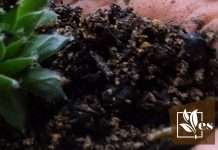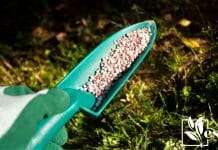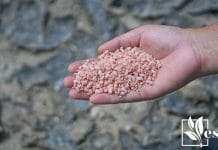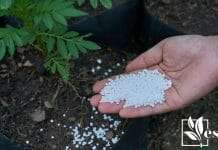As a seasoned gardener, I’ve come across numerous questions concerning the best compost for magnolia trees, particularly when they are grown in containers. The secret to thriving magnolias lies in the type of compost you use. These splendid trees, which can also be grown as shrubs, showcase large, aromatic flowers, making them an iconic centerpiece in any garden.
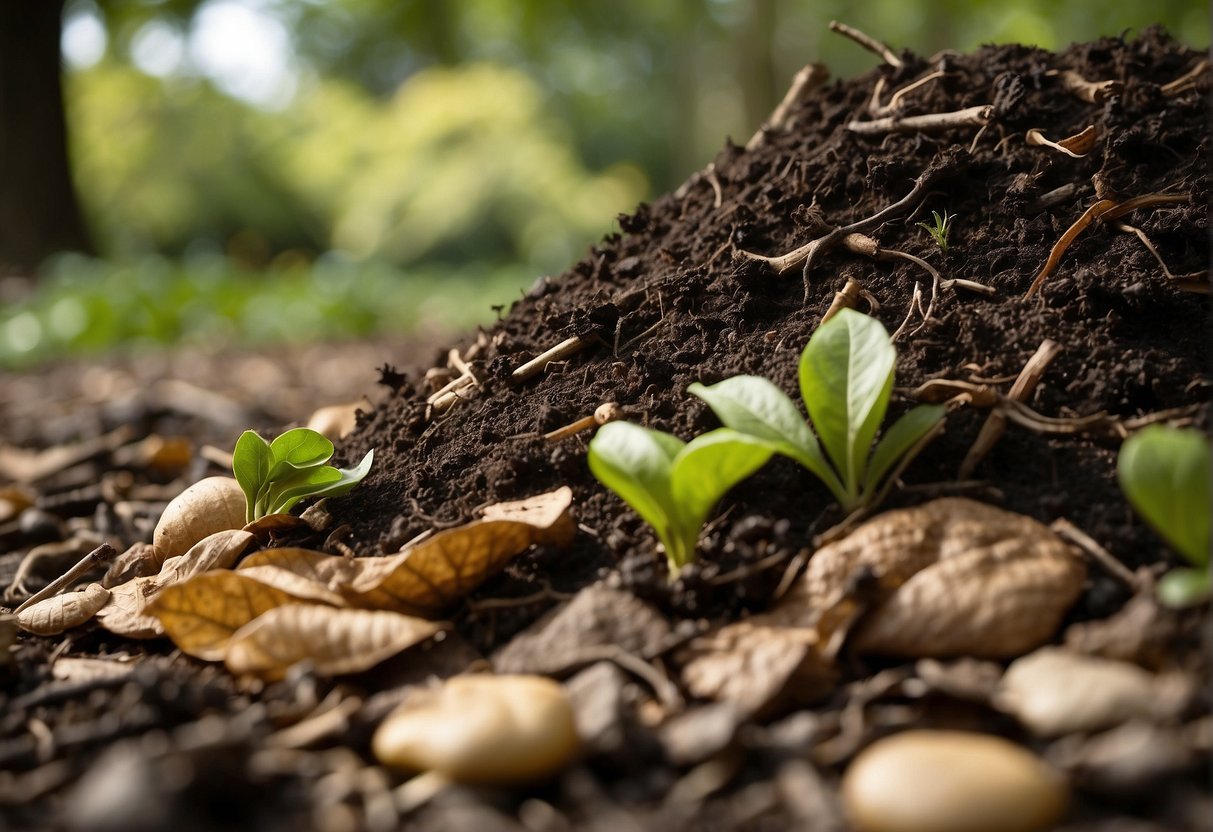
I’ve discovered that magnolias prefer rich, slightly acidic soil that retains moisture while also providing good drainage. To achieve this balance, a high-quality potting soil bolstered by added compost is vital for optimal growth. When I grow magnolias in pots or containers, I ensure the potting mix is enriched with organic matter, often incorporating a ratio of 70% potting soil to 30% compost for best results.
In my experience, taking care of magnolia trees in pots requires attention to not just the compost but also ensuring a layer of mulch is applied at the base. This practice helps to retain soil moisture and mimics the natural organic layer these trees would typically find in their native woodland habitats. It’s important for the delicate surface roots that they have a protective mulch layer, which also gradually feeds the soil as it breaks down.
JUMP TO TOPIC
Choosing the Right Magnolia
When it comes to magnolias, selecting the optimal variety for your garden hinges on understanding the specific growing conditions each type requires. From soil to sunlight, choosing correctly is crucial to ensure these majestic trees thrive.
Selecting the Right Soil
I understand that soil pH is essential for magnolia trees, meaning I must target slightly acidic to neutral soil—ranging from 5.0 to 7.0 pH. For magnolia stellata or magnolia grandiflora, as well as other deciduous and evergreen magnolia cultivars, ensuring the soil has the right pH is necessary for nutrient uptake and flower bloom maximization. Should my soil be alkaline, I will add sulfur or organic materials like pine needles to adjust it.
Deciduous magnolias like the magnolia stellata are typically more forgiving than evergreen varieties, such as magnolia grandiflora, in terms of adapting to different soil types. The soil should drain well while retaining moisture to keep the roots from waterlogging or drying out.
Understanding Sunlight and Watering Needs
My magnolias will flourish with full sun to partial shade, depending on the species. Deciduous magnolias can manage in partial shade, while the grandiflora variety, being evergreen, prefers more sunlight.
Watering needs are similarly crucial, and I pay close attention to my magnolias during their formative years, ensuring consistent moisture. Magnolia trees are not drought tolerant, so I avoid letting the soil dry out completely.
I ensure my magnolias receive deep watering, especially during dry spells, to promote deep root growth and better drought resistance as the tree matures.
Supplying the right amount of sun and moisture to magnolias can result in a stunning display of blooms each season and a hardy vitality that can endure throughout the years.
Planting and Caring for Magnolias
As someone with experience in magnolia care, I understand the importance of proper planting and ongoing maintenance. These trees thrive in specific conditions, requiring particular attention to soil, moisture, and pruning.
Optimal Planting Techniques
When planting magnolias, I make sure to use soil that is rich and slightly acidic, with a pH of around 5.0 to 6.0. Good drainage is crucial to prevent root rot. I always improve soil quality by mixing in organic compost, which provides nutrients and enhances soil structure. For potted magnolias, a high-quality potting mix is essential, and I incorporate added compost for extra fertility.
Always plant magnolias in well-draining, slightly acidic soil enriched with organic compost for optimal growth.
Maintenance and Pruning Strategies
After planting, regular maintenance is key. I water my magnolias to maintain moist soil, especially during dry spells. A layer of mulch helps retain moisture while protecting shallow roots. I prune in late winter or early spring, removing only dead or crossed branches to maintain the tree’s natural shape, as magnolias generally require minimal pruning.
Limit pruning to late winter or early spring, focusing on removing only dead or unhealthy branches to uphold the magnolia’s structure.
Preventing and Managing Pests and Diseases
Vigilance is important in the early detection of pests and diseases. I regularly inspect my magnolias for signs of trouble like leaf spots and scale insects. If I spot an issue, I address it promptly, using appropriate treatments while avoiding chemicals that harm beneficial insects or the environment.
Monitor your magnolias for signs of pests or diseases, and manage them immediately with targeted, environmentally-friendly treatments.
The Distinctive Features and Uses of Magnolias
I’ve always been captivated by the magnolia’s classic elegance and how it can be a centerpiece in any garden. Their fragrance is sweet and is one of the first signs of spring.
Known for their grand presence, magnolia trees can grow quite tall. However, their versatility is evident as they can also be cultivated as smaller shrubs for those with more limited space. The magnificence of magnolias lies in their foliage and large blooms, which come in a variety of shapes and colors.
I’ve found that these stately plants thrive in areas with full sun but they’re also adaptable to partial shade.
Magnolias aren’t picky when it comes to soil pH— they prosper in neutral to slightly acidic soil. If my soil is more alkaline, I amend it with substances like sulfur to create suitable conditions.
As for their use, magnolias can be the main feature of a landscape. I see them as living sculptures, creating an air of sophistication. Smaller varieties are perfect for urban gardens or in pots on patios, proving that you don’t need a sprawling estate to enjoy their beauty.
| Type | Feature | Soil Preference | Use |
|---|---|---|---|
| Tall Trees | Fragrant, large blooms | Acidic to Neutral | Landscape centerpiece |
| Small Shrubs | Elegant, versatile shape | Fertile, well-draining | Urban gardens, containers |
In my experience, the magnolia’s durability to adapt to different soils and its gracious form makes it a favorite for both gardeners and non-gardeners alike.







